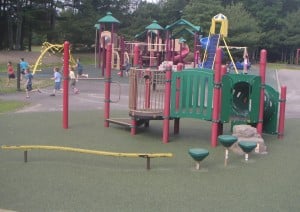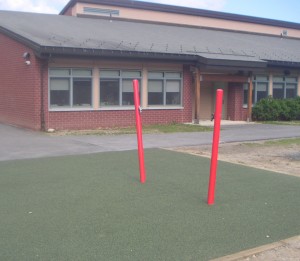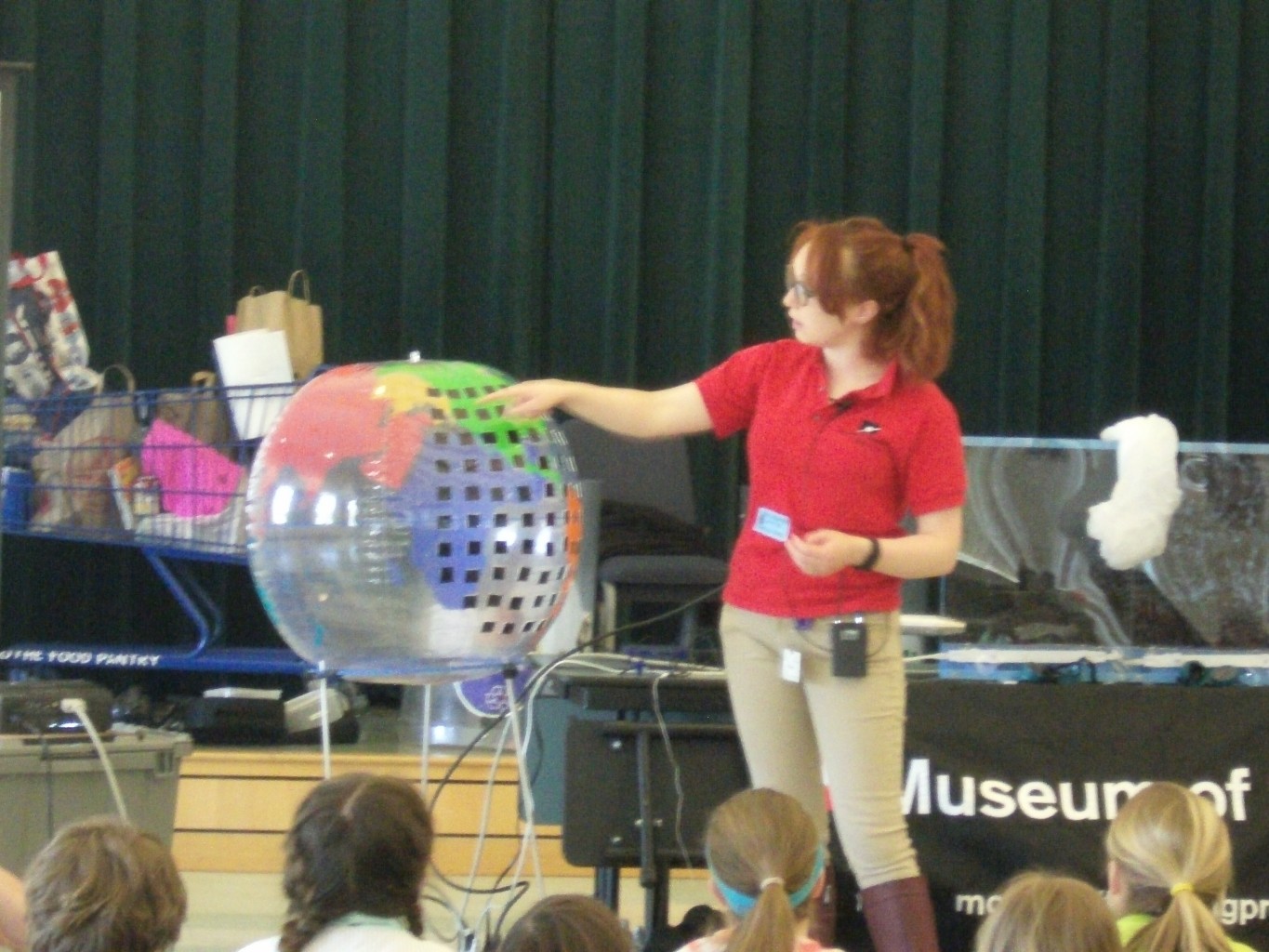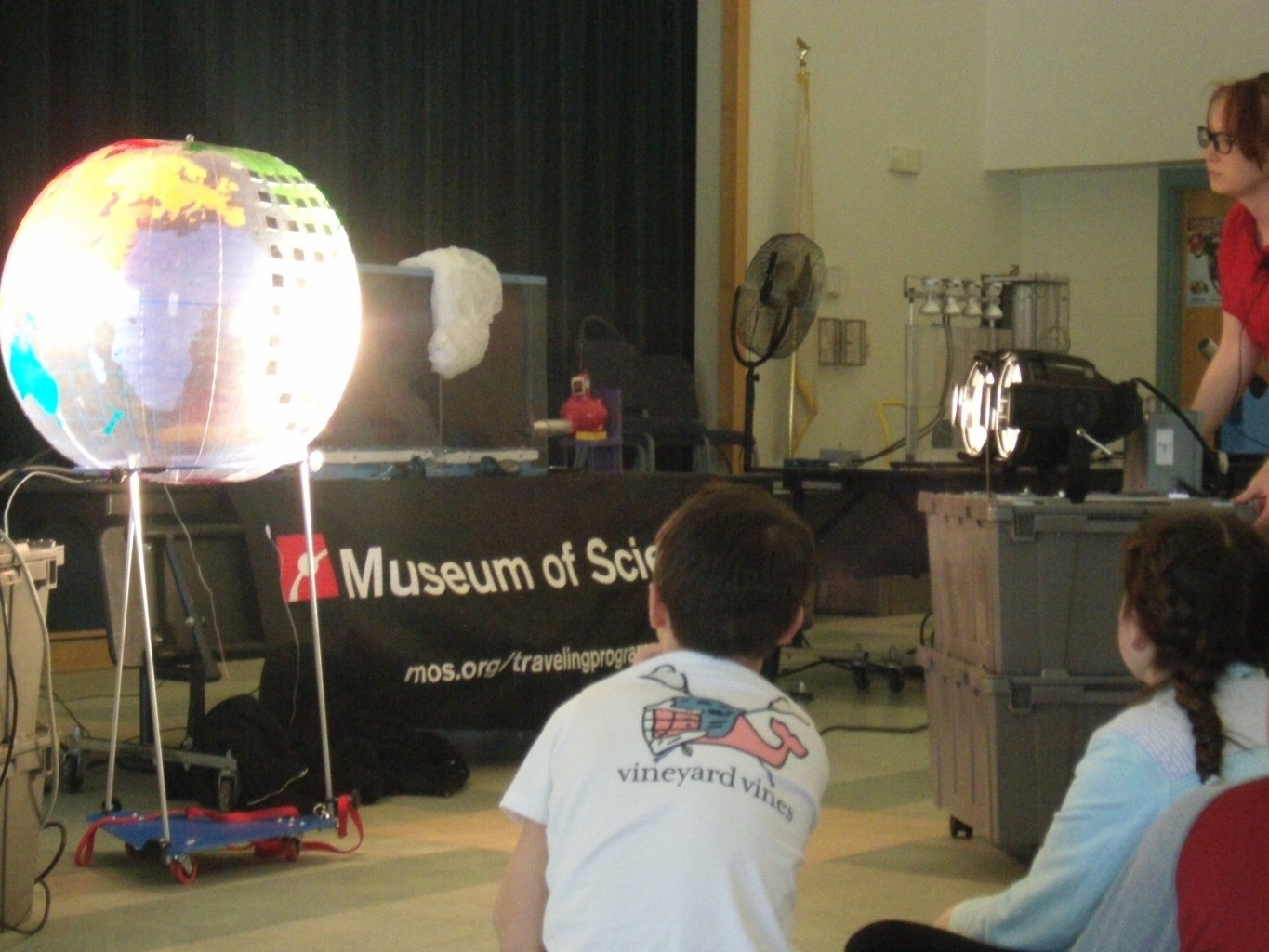We all know, this year, Chickering has collected some PreSchoolers to join our ranks. Now they are abiding by a state mandate by adding a playground to the school for the PreSchoolers! We are here to ask the Assistant Principal, Dr. Reinemann all about this new playground and to see if other students will be able to access it, too.
The first question I asked Dr.Reineman is why do the preschoolers need their own playground. She answered with multiple reasons:
- Children are smaller [3 to 5 year olds]
- Cannot use regular playground because the equipment too big
- Need to be near their classroom but also near the other playgrounds
I asked if only the preschoolers would be able to use it, and if so why. She said that during the school day, only the preschoolers can use it but it would be open to the community after school and weekends. The equipment will be too small for the majority of the school population and there is some concern that the equipment may be broken if used by the older students.
Who designed the new playground? Dr. Reinemann said that we have been working with Nancy White, who is the school’s playground consultant, and she is helping us figure out what the playground will need for the preschoolers.
I also asked if we gave the designer, Nancy White, any information about what we wanted for the playground or did we let her suggest it. The answer is, we told her what we wanted for the playground and she helped us with locate it and design its location on the playground.
 What equipment will be on the playground? I received quite an interesting answer. According to Dr. Reinemann, we are using the existing space to put in multiple equipment, of which one is a very interesting spider swing.I wish we were able to use it! At the May 16th School Committee meeting, Dr. Reinemann updated the committee. A new rubber base will be installed under the whole preschool playground. The existing equipment will be replaced and a multi-user swing will be installed. The total size is 27’ X 32’.It will be surrounded by a 4-foot high fence with two gates, each on opposite sides.
What equipment will be on the playground? I received quite an interesting answer. According to Dr. Reinemann, we are using the existing space to put in multiple equipment, of which one is a very interesting spider swing.I wish we were able to use it! At the May 16th School Committee meeting, Dr. Reinemann updated the committee. A new rubber base will be installed under the whole preschool playground. The existing equipment will be replaced and a multi-user swing will be installed. The total size is 27’ X 32’.It will be surrounded by a 4-foot high fence with two gates, each on opposite sides.
I wondered how long they’ve been planning this. Apparently they have been planning this since last summer and have actually wanted to begin since the Preschool was began in September.
What is the timeline for the new playground? Apparently They have begun working on the new playground, as of June 1st and hopefully it will be finished before school starts in August. The location of the new playground will replace an existing small-scale playground on the side of the school which houses the youngest children.
Since this the process of creating the new Preschool playground has begun, there may be more updates as it progresses. I hope you enjoyed my report.
Reported by Peter Johnston.
UPDATE – June 17, 2016
The new PreSchool Playground is almost complete … ahead of schedule! We are waiting for the new swing and fence. Here is how it looks today!
New base has been installed along with the bridge and tunnel.
New balance beam with stepping seats, stones, to the tunnel.
Posts for the new swing. Preschool playground will be surrounded by a fence with a gate on opposite sides.






